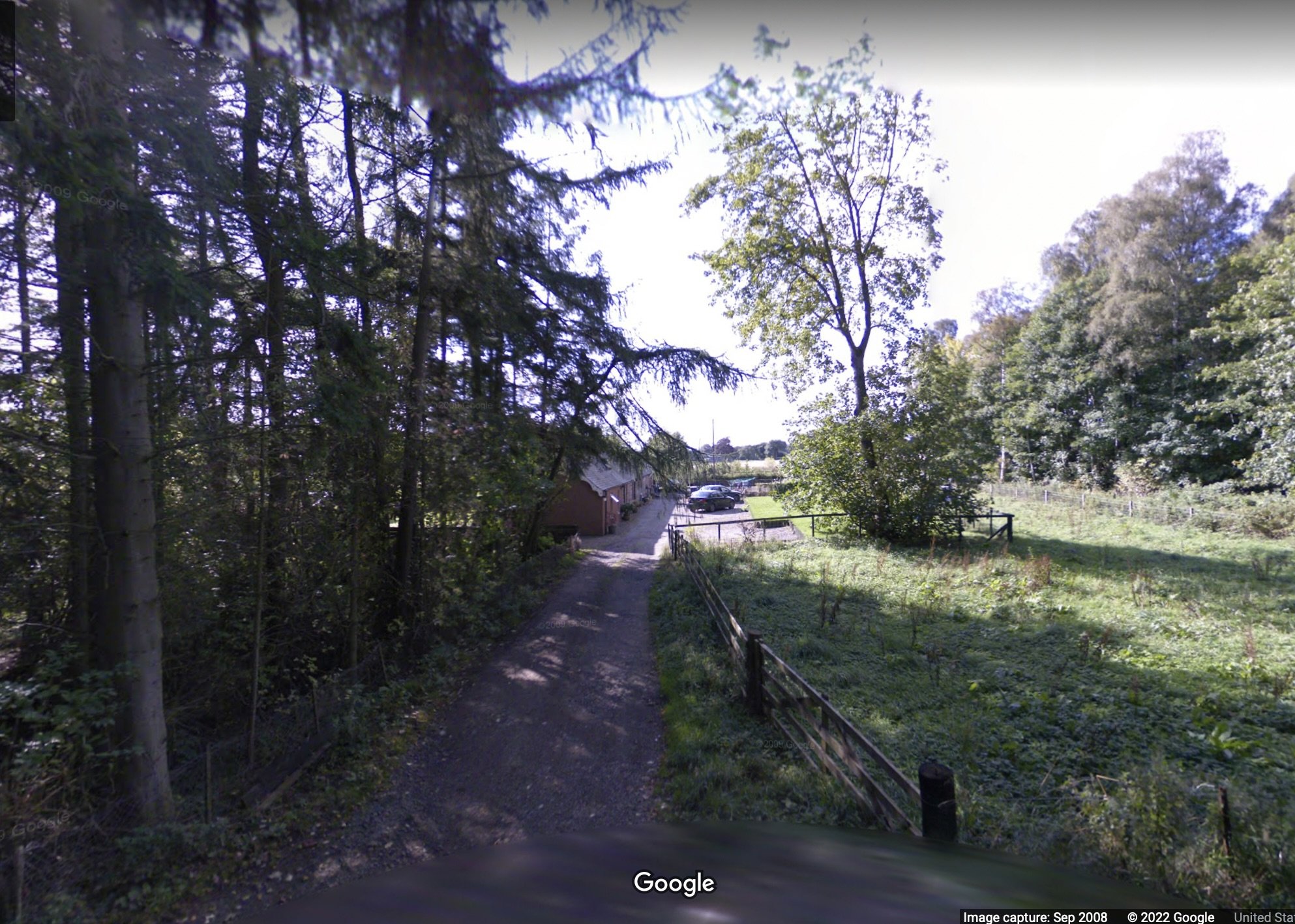“A wee but n’ben”
A “butt and ben”
My mum and dad used to sing Scottish songs to us in the car on family outings. One of dad’s favorites was “A Wee Deoch an Doris” by (Sir) Harry Lauder, who was described by Winston Churchill as being “Scotlands greatest ever ambassador”.
Just a wee deoch an’ doris, just a wee drop, that's all.
Just a wee deoch an’ doris afore ye gang awa.
There's a wee wifie waitin' in a wee but an ben.
If you can say, "It's a braw bricht moonlicht nicht",
Then yer a'richt, ye ken.
Let me translate:
Just have a quick drink at the door before you leave. The wife is waiting in a cottage. If you can say “it’s a wonderful bright moonlit night” you’re okay.
My mum’s parents taught me to say “it’s a braw bricht moonlicht nicht, the nicht” when I was a toddler.
The Clark family lived in a but n ben in Wellington Row in Ardler, Perthshire. William Clark c 1813 was a pendicler - a smallholder who leased 8 acres to do subsistence farming. He was also a gardener at nearby Belmont Castle.
Wellington Row, Ardler, Perthshire
The but an ben consisted of two rooms: the outer living/kitchen room and the inner sleeping room. The word but comes from Early Scots/Middle English "bouten" "outside", and ben from "binnen", "inside". (Wiki).
Subsistence farming was a hard life - everyone in the family pitched in and pendiclers shared resources such as plough horses and helped each other at the harvest.
My great great grandmother Catherine Clark 1842 was described as William’s “gardening assistant” in 1861 and as “seamstress” on her daughter’s birth certificate in 1863. She left Ardler sometime after her illegitimate daughter was born and Elizabeth was raised by her grandfather and aunts.
The 1861 census shows that the cottage had 3 windows - windows were counted as people were taxed on how many they had. The Wedderburn farmhouse had 11 windows which would put them in the highest tax bracket.
William and Jean started off their married life in 1842 in a “but an ben” on the nearby Kinloch estate then moved to Ardler (called Washington) and remained there. Jean died in 1866 and William in 1899 and their unmarried daughter Jessie continued farming until she got too old and she moved to Edinburgh to live with her brother William.
William moved to Wellington Row sometime between 1875 and 1885 when he retired. It first shows up in the valuation rolls in 1885 so was probably built after 1875.
His granddaughter Elizabeth gave birth to her third child (William Clark Millar) there in 1889.

